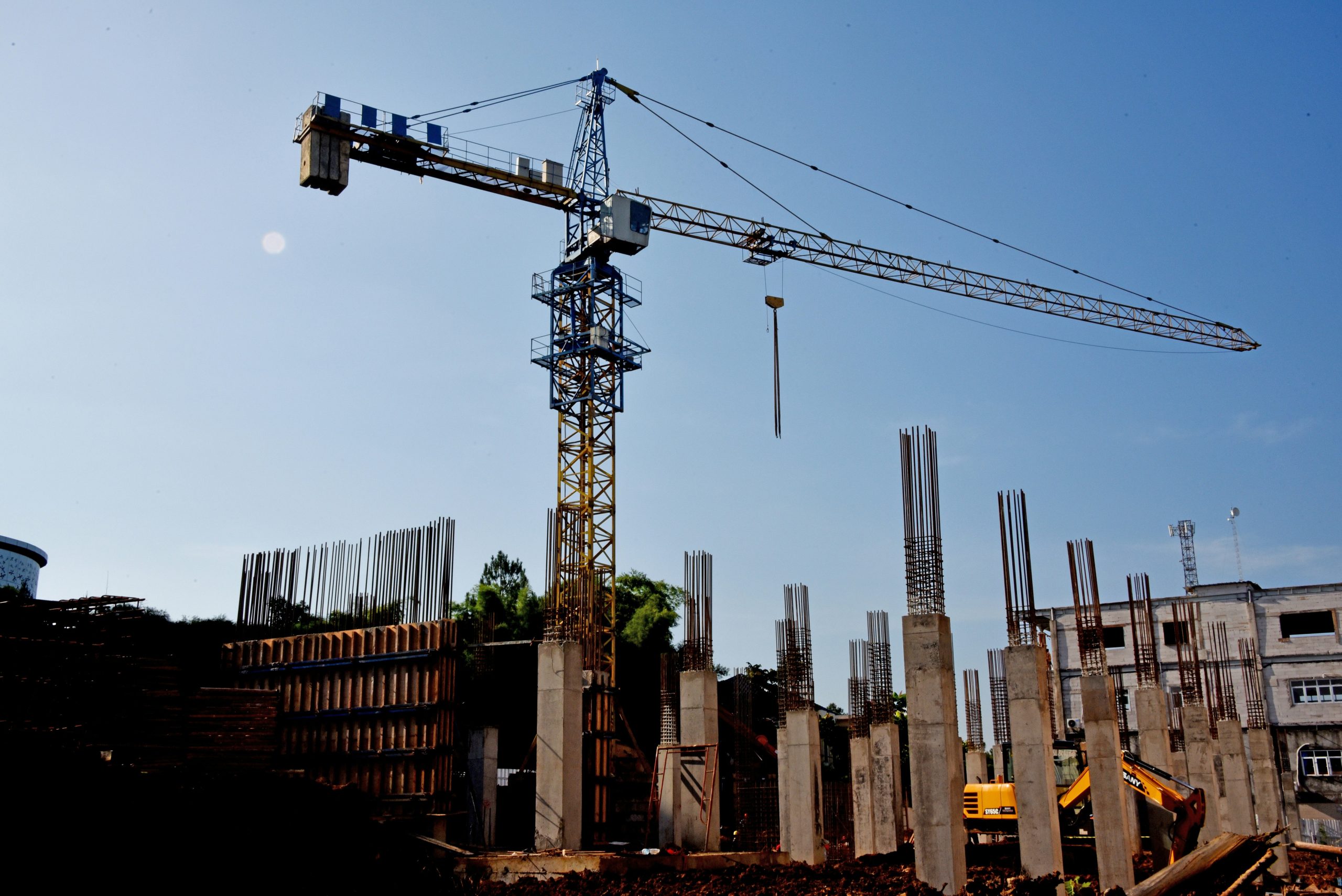Introduction
Section 37 of the Design and Building Practitioners Act 2020 (NSW) (DBPA) imposes a statutory duty of care on those who carry out construction work in or related to a building to avoid economic loss to the owner or subsequent owner resulting from defects.
Section 37 has not been amended since its commencement, but its application is being continuously increased by the Courts. This article explains the increasing risk of liability to individuals in control of building works.
To which buildings does section 37 apply?
In the DPBA there are two different definitions for “building work” leading to ambiguity which the Courts needed to resolve. Section 4, Part 1 of the DBPA provides that “building work” refers to specific classes or types of buildings prescribed by the Design and Building Practitioners Regulations 2021 (Regulations). However, section 36, Part 4 of the DBPA defines “building work” as including residential building work under the Home Building Act 1989 (NSW).
The dual definition of “building work” gave rise to the question of whether the meaning of “building work” in Part 4 of the DPBA (under which section 37 falls) is the same as in Part 1 of the DBPA and therefore if the application of section 37 should be confined to the specific classes or types of buildings specified in the Regulations.
The Court of Appeal in Roberts v Goodwin Street Developments Pty Ltd [2023] NSWCA 5 answered this question and held that section 37 applies to all classes of buildings, thus widening the application of the section.
Who is liable?
Section 37 imposes a duty of care on a person who carries out “construction work”. Construction work under the DPBA means building work, preparation of design and manufacture or supply of building products. It also includes supervising, coordinating, project managing or otherwise having substantive control over the construction work. This means that designers, project managers, supervisors and suppliers of building products are also considered “persons” who carried out construction work and owe a duty of care to the owners in addition to the builders who undertook the building works.
Importantly, following the decisions in The Owners – Strata Plan No 84674 v Pafburn Pty Ltd [2022] NSWSC 659 (Pafburn No 1) and Oxford (NSW) Pty Ltd v KR Properties Global Pty Ltd t/as AK Properties Group [2023] NSWSC 343, it is clear that directors of a developer, builder or consultants can be sued under the DBPA if they had substantive control over how the construction work was carried out.
Can a person pass the section 37 liability onto others?
Pafburn No 1 was then appealed to the Court of Appeal in relation to whether liability under section 37 of the DBPA can be apportioned. Prior to the Court of Appeal’s decision in The Owners – Strata Plan No 84674 v Pafburn Pty Ltd [2023] NSWCA 301 (Pafburn No 2), a claim under section 37 is regarded as an apportionable claim under the Civil Liability Act 2002 (NSW). This means that a defendant, say a builder, can join other concurrent wrong-doers such as sub-contractors, design consultants and certifiers in the proceedings and apportion its liability to the owner against all wrong-doers.
Incredibly, the Court of Appeal in Pafburn No 2 rejected the idea that a section 37 claim is apportionable on the basis that section 37 imposes a non-delegable duty. A defendant to a section 37 claim can no longer rely on an apportionment defence to attribute part of the blame to another party. In short, the buck stops with the builder or the controlling party being sued. Not surprisingly, Pafburn No 2 has gone to the High Court to be challenged.
Again, the Court of Appeal has widened the application of section 37.
What damages can be claimed?
Damages under section 37 are generally limited to the economic loss caused by defects, e.g. costs to rectify the defects and consequential damage. Costs to complete unfinished work may not be claimed under section 37 as those costs are not damages caused by defects.
In practice, where an owner terminated a contractor has prior to completion for defective work, a single contractor would be appointed to rectify the defects and complete the unfinished work at the same time and the cost of rectifying defects. This means the costs to complete are often mixed up with the costs to rectify defects. This may create difficulties for owners trying to recover the costs to rectify defects under section 37.
In Kazzi v KR Properties Global Pty Ltd t/as AK Properties Group [2024] NSWCA 143, the Court of Appeal resolved this issue by accepting a general allocation of the cost to rectify defects and cost to complete unfinished work based on the assumptions made by the owners, instead of requiring a precise division of costs.
Can claims be heard in NCAT?
The NCAT Appeal Panel in Deaves v Sigma Group NSW Pty Limited [2023] NSWCATAP 94 confirmed that claims under section 37 of the DPBA could be brought in NCAT as long as the claim does not exceed the jurisdictional limit of NCAT. This means that defect claims under $500,000 can be run in NCAT under the DBPA.
Key Takeaway
Since 2020, the dimension and application of section 37 has increased such that:
- it applies to all buildings in NSW;
- any person in control of the building works can be personally liable;
- liability can not be apportioned in defence to a claim;
- costs to rectify defects do not need to be cleanly separated from costs to complete to be recovered; and
- claims under section 37 of the DBPA can be brought in NCAT.
In our opinion, the personal non-delegable liability applicable to all buildings should terrify any person in construction who creates defective works.
If you would like to discuss this article with us, please contact Brett Vincent, Partner, or Ben Guven, Paralegal on (02) 9261 5900.

